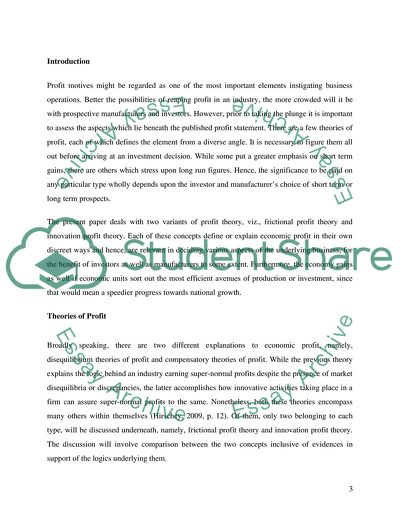Cite this document
(Frictional Profit Theory and Innovation Profit Theory Coursework - 2, n.d.)
Frictional Profit Theory and Innovation Profit Theory Coursework - 2. Retrieved from https://studentshare.org/macro-microeconomics/1571576-managerial-economics
Frictional Profit Theory and Innovation Profit Theory Coursework - 2. Retrieved from https://studentshare.org/macro-microeconomics/1571576-managerial-economics
(Frictional Profit Theory and Innovation Profit Theory Coursework - 2)
Frictional Profit Theory and Innovation Profit Theory Coursework - 2. https://studentshare.org/macro-microeconomics/1571576-managerial-economics.
Frictional Profit Theory and Innovation Profit Theory Coursework - 2. https://studentshare.org/macro-microeconomics/1571576-managerial-economics.
“Frictional Profit Theory and Innovation Profit Theory Coursework - 2”, n.d. https://studentshare.org/macro-microeconomics/1571576-managerial-economics.


